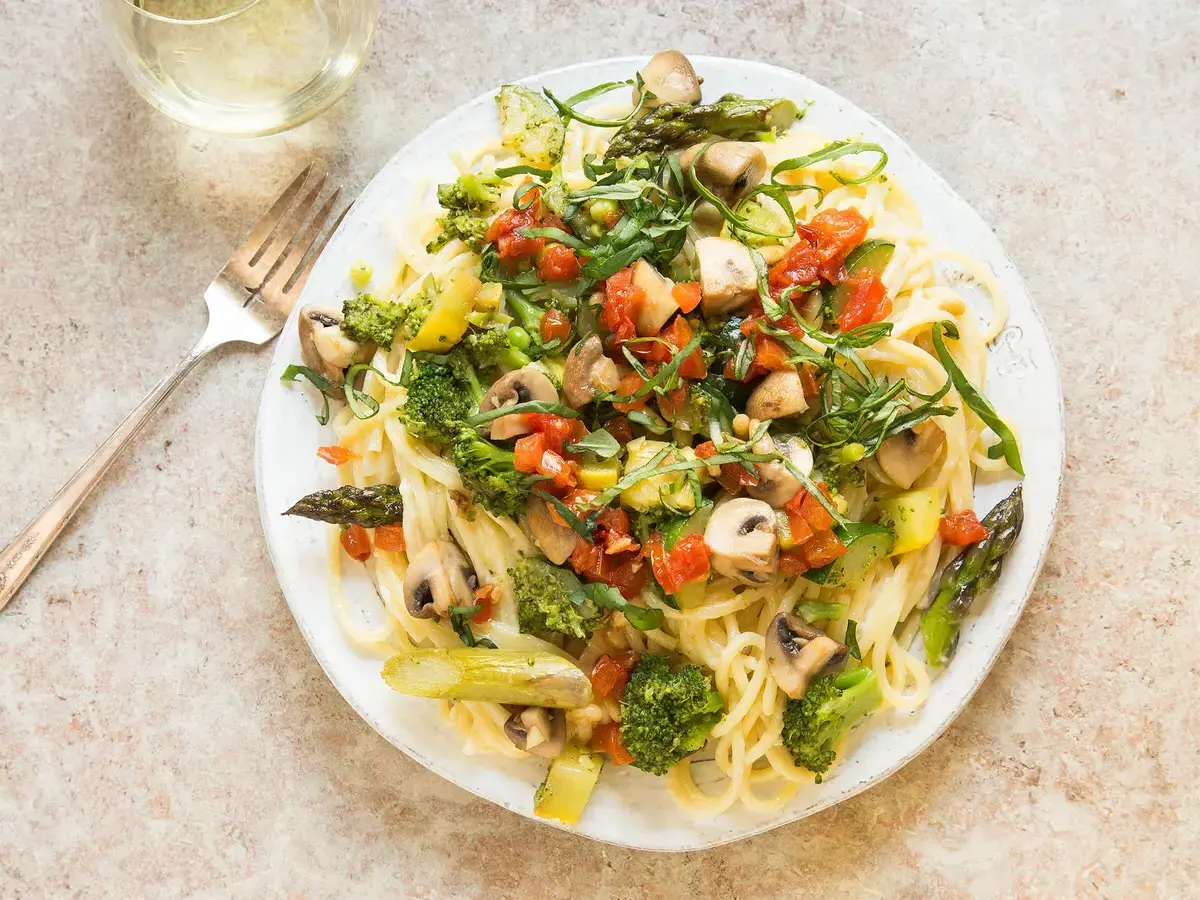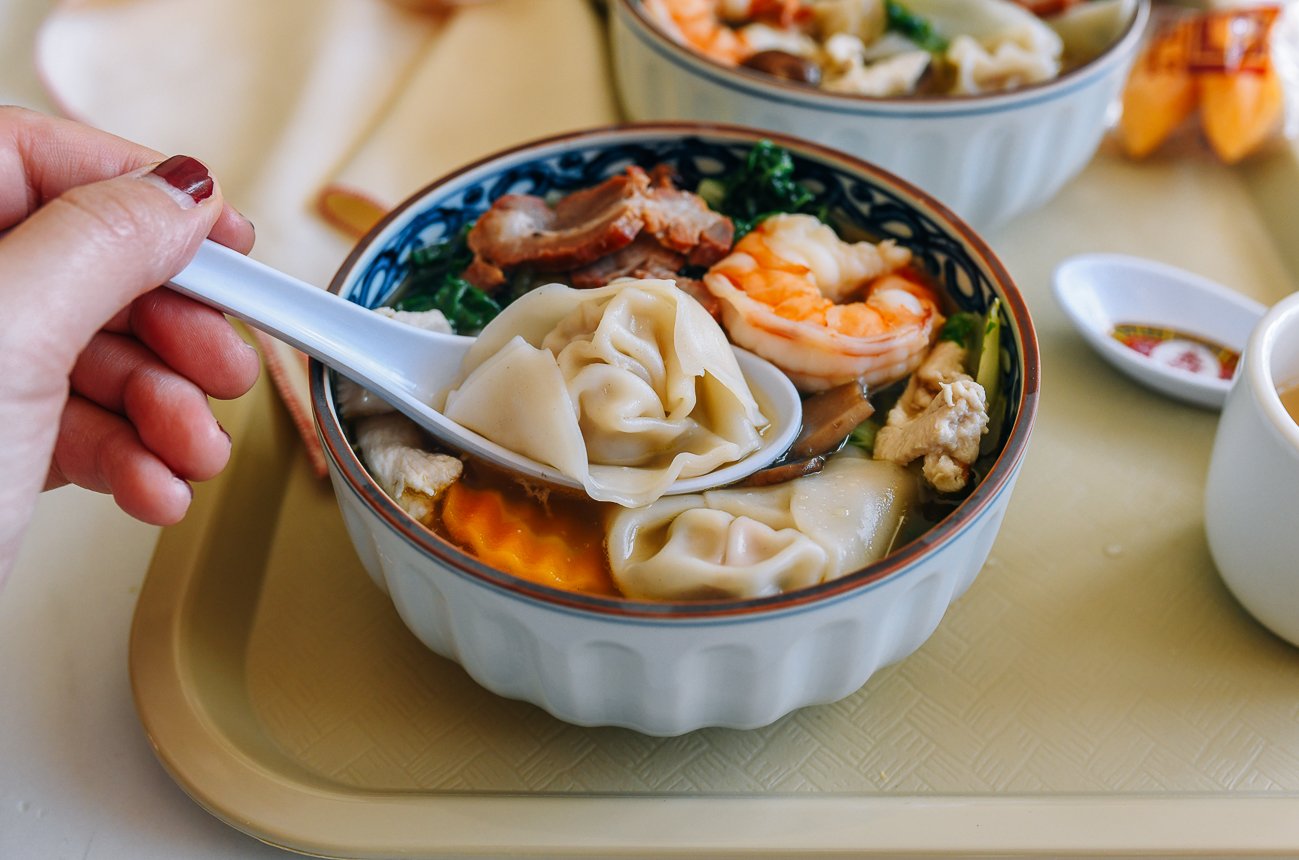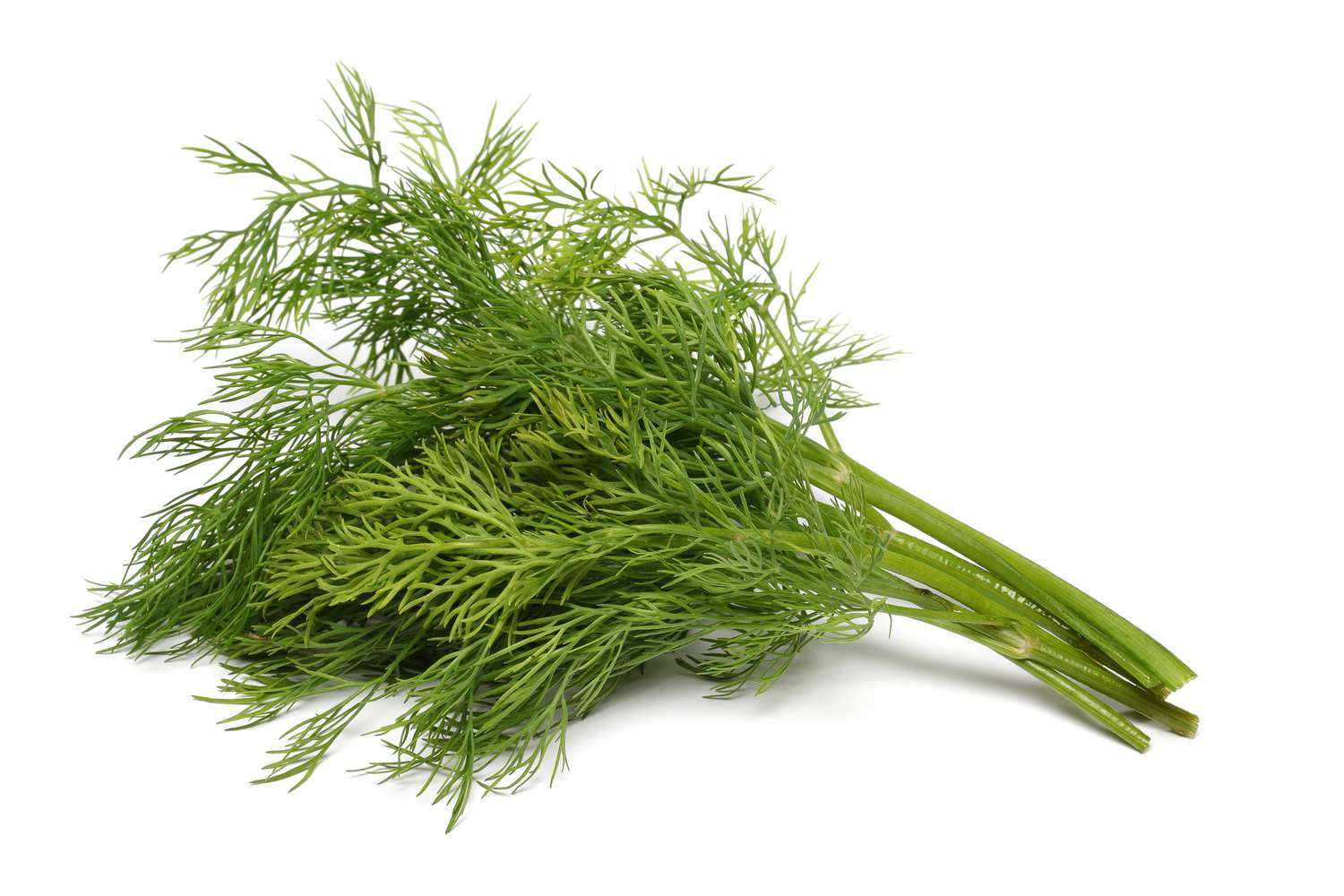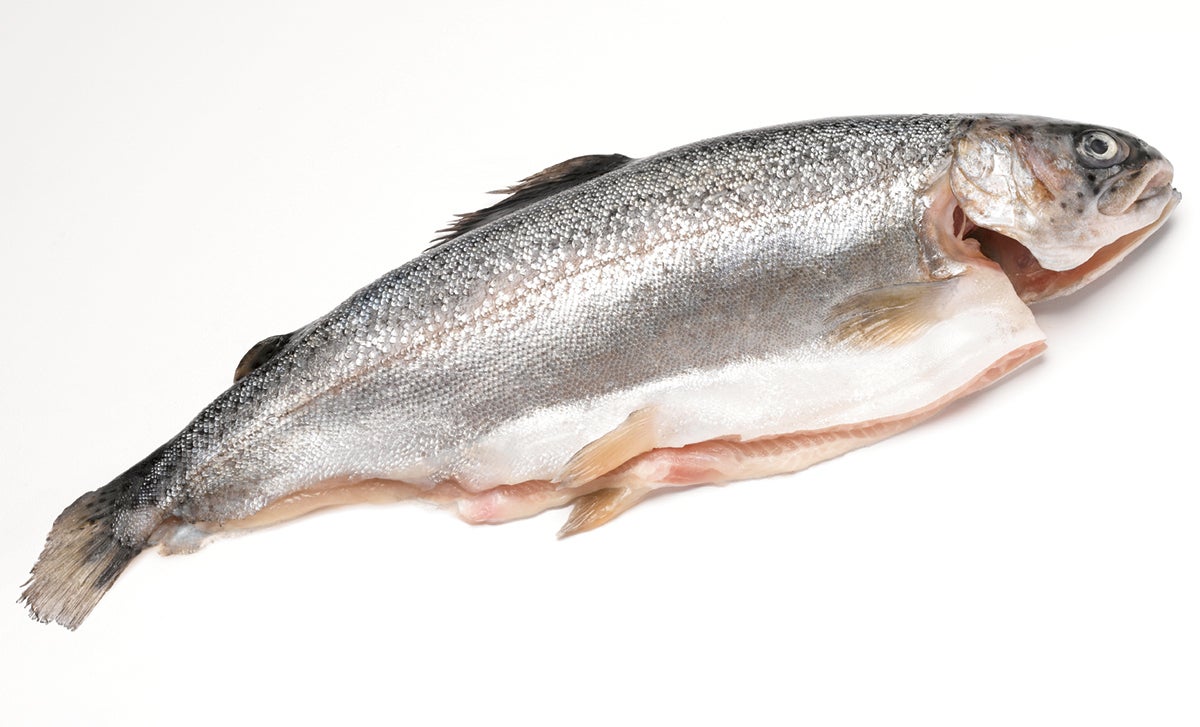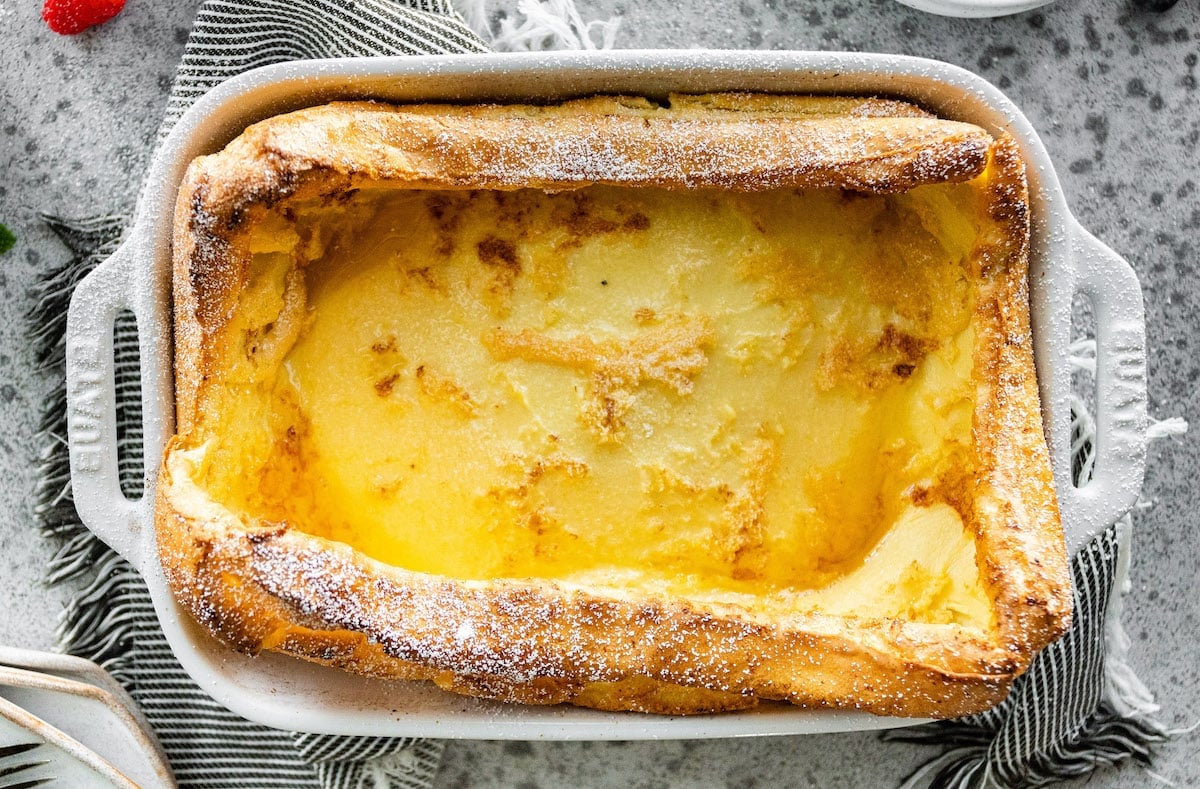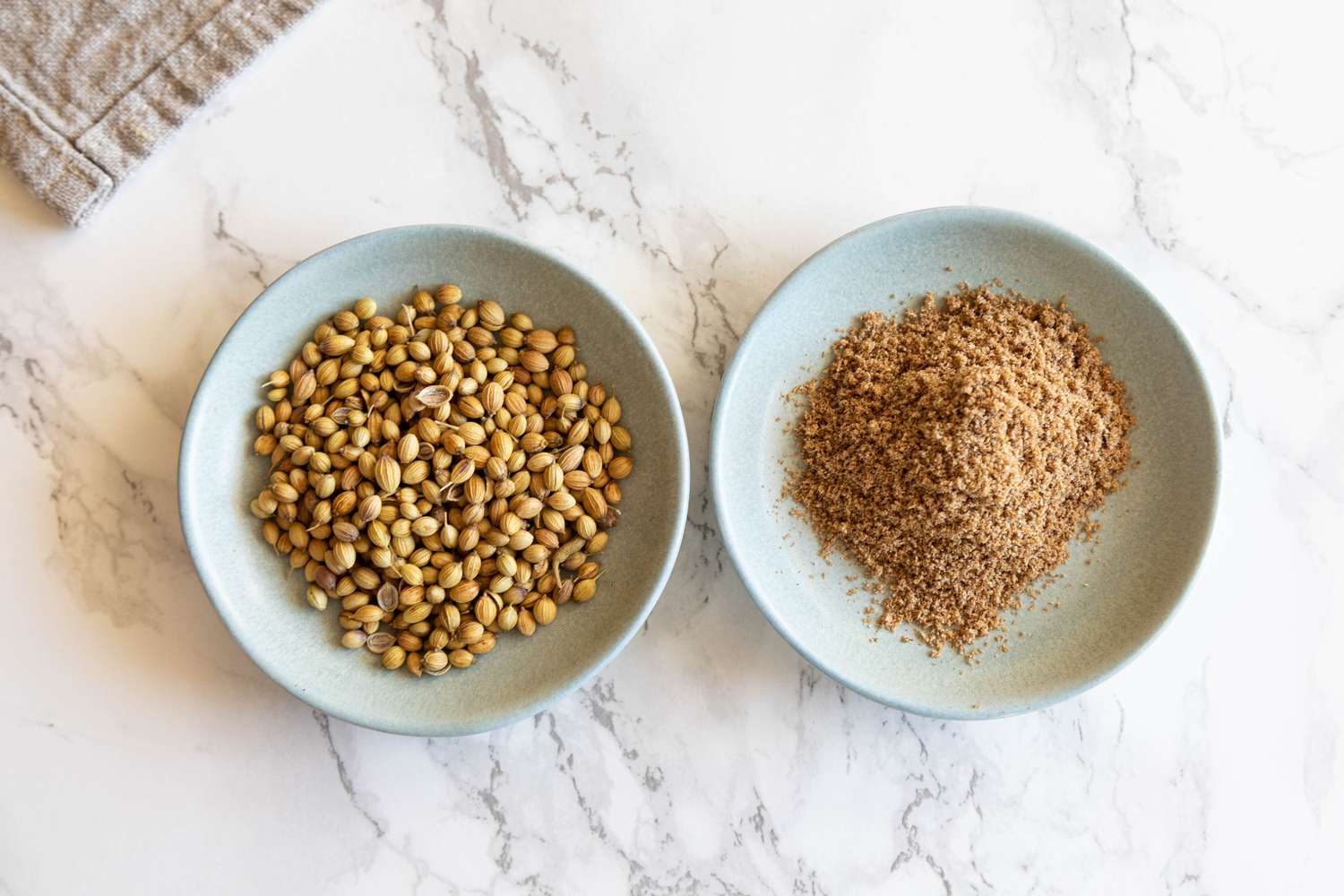The Difference Between Noodles and Pasta
When it comes to the world of culinary delights, there is often confusion surrounding the terms “noodles” and “pasta.” While these two staples may seem similar, there are some key differences that set them apart. Let’s take a closer look at what distinguishes noodles from pasta.
Noodles
Noodles are a staple in many Asian cuisines, and they come in a variety of shapes, sizes, and textures. Here are some key characteristics of noodles:
- Ingredients: Noodles are typically made from unleavened dough consisting of wheat, rice, or buckwheat flour.
- Texture: Noodles can vary in texture, ranging from chewy to soft, depending on the ingredients and preparation method.
- Shapes: Noodles come in a wide array of shapes, including flat, round, and even thread-like varieties.
- Usage: Noodles are commonly used in soups, stir-fries, and cold noodle salads.
Pasta
Pasta, on the other hand, is a staple in Italian cuisine and has gained popularity worldwide. Here are some key characteristics of pasta:
- Ingredients: Pasta is typically made from durum wheat semolina, water, and sometimes eggs, giving it a firm texture.
- Texture: Pasta is known for its firm and chewy texture, which holds up well in various sauces.
- Shapes: Pasta comes in a wide range of shapes and sizes, including spaghetti, penne, and lasagna sheets.
- Usage: Pasta is commonly served with a variety of sauces, such as marinara, Alfredo, and pesto.
Key Differences
While noodles and pasta share some similarities, there are several key differences that set them apart:
- Ingredients: Noodles are often made from rice or buckwheat flour, while pasta is typically made from durum wheat semolina.
- Texture: Noodles tend to have a softer texture, while pasta is known for its firm and chewy consistency.
- Cultural Origins: Noodles are a staple in Asian cuisines, while pasta is a hallmark of Italian cooking.
- Usage: Noodles are commonly used in soups and stir-fries, while pasta is often served with a variety of sauces.
Conclusion
While noodles and pasta may seem similar at first glance, their differences in ingredients, texture, and cultural significance set them apart. Whether you’re craving a comforting bowl of noodle soup or a hearty plate of pasta, understanding the distinctions between these two beloved staples can enhance your culinary appreciation and enjoyment.
So, the next time you’re exploring the world of global cuisine, take a moment to savor the unique qualities of noodles and pasta, and appreciate the rich culinary traditions that have made them beloved staples around the world.
Was this page helpful?
Read Next: What Is Fake Lobster

